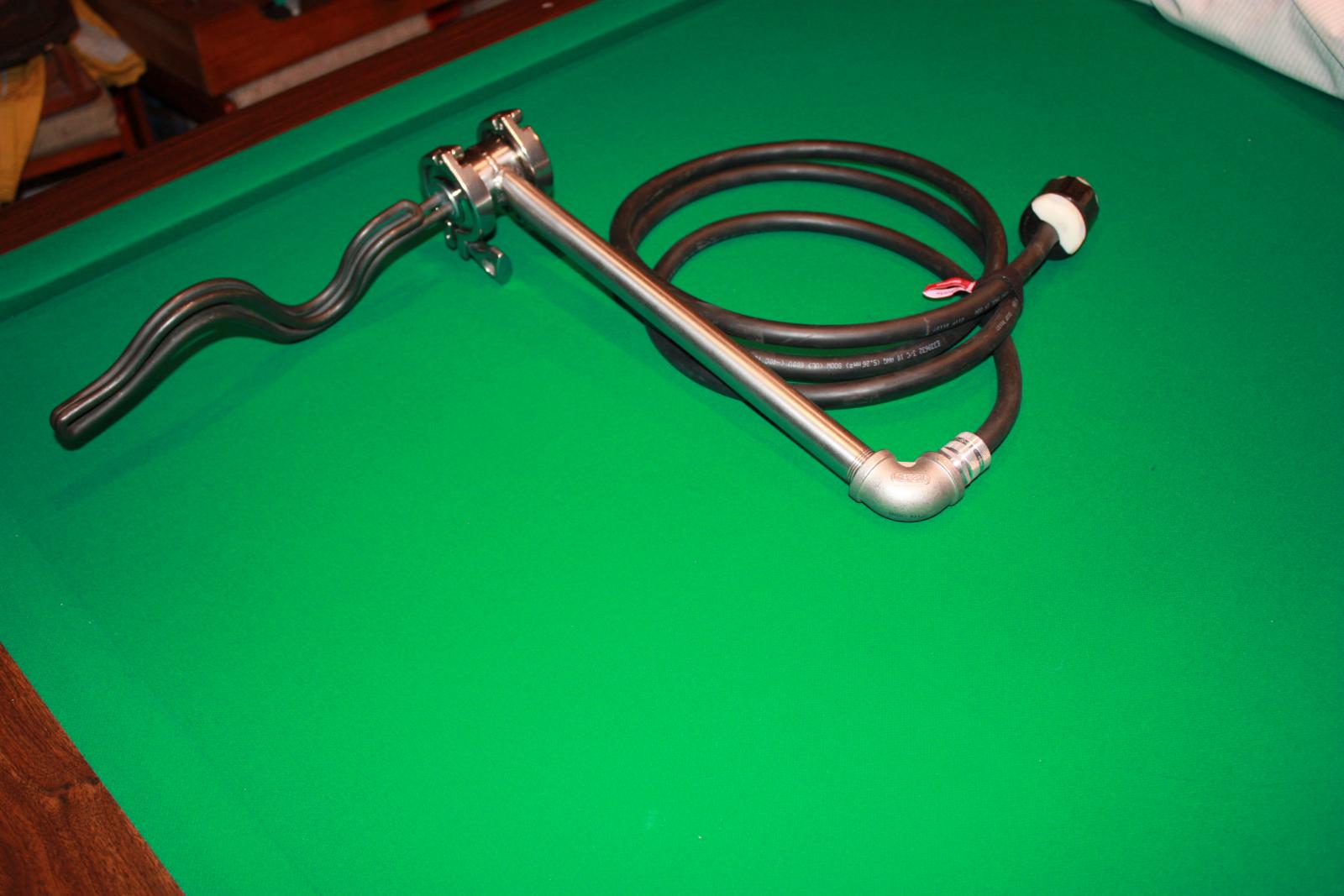No, they aren't any less "powerful". A heater with resistance R will deliver V*V/R watts whenever V volts is applied to it whether that be from a single phase or 3ø system. 3ø systems are used because less copper is required to deliver a given amount of power than is required in 1ø system (and motor starting is easier). As per No. 6 suppose you are in a large building that supplies 120 volts to outlets derived from a 120V Y connection to a 3 ø source and that you have 3 heating elements with 10Ω resistance. If you connect each element to a 120 V outlet (hot to neutral) it will draw 120/10 = 12 A and produce 12*120 = 1.44 kW. As there are 3 of these you will get 4.32 KW total. If, however, you connect a heater between two legs of the Y (two hots) you will be applying √3*120V = 208 V so the current is now 12*√3 = 20.7846 A and the power dissipated by the heater is √3*120*12*√3 = 4.32 KW i.e. 3 times what it dissipates if connected from a hot to neutral. Can the heater handle that much? Better be sure before you connect it this way. Connect up all three heaters this way and you would have 3*4.22 = 12.66 kW dissipated. Note that rather than imposing the total current burden on two legs of the Y you would connect 1 heater across each pair (A - B, B -C, C -A).
Now suppose you had a split phase (single phase) system. The situation with the 120 V connection would be the same - 1.44 kW per heater. But connecting the heater across the hots instead of hot to neutral doubles the voltage (because in the split phase system the two hots are 180° apart in phase as opposed to 120° in the 3 ø system) and the power quadruples as opposed to tripling in the 3 ø system. Thus, apparently, the heaters are MORE "powerful" in a 1 ø system than a 3 ø system except, of course, they aren't. They are the same heaters either way.




